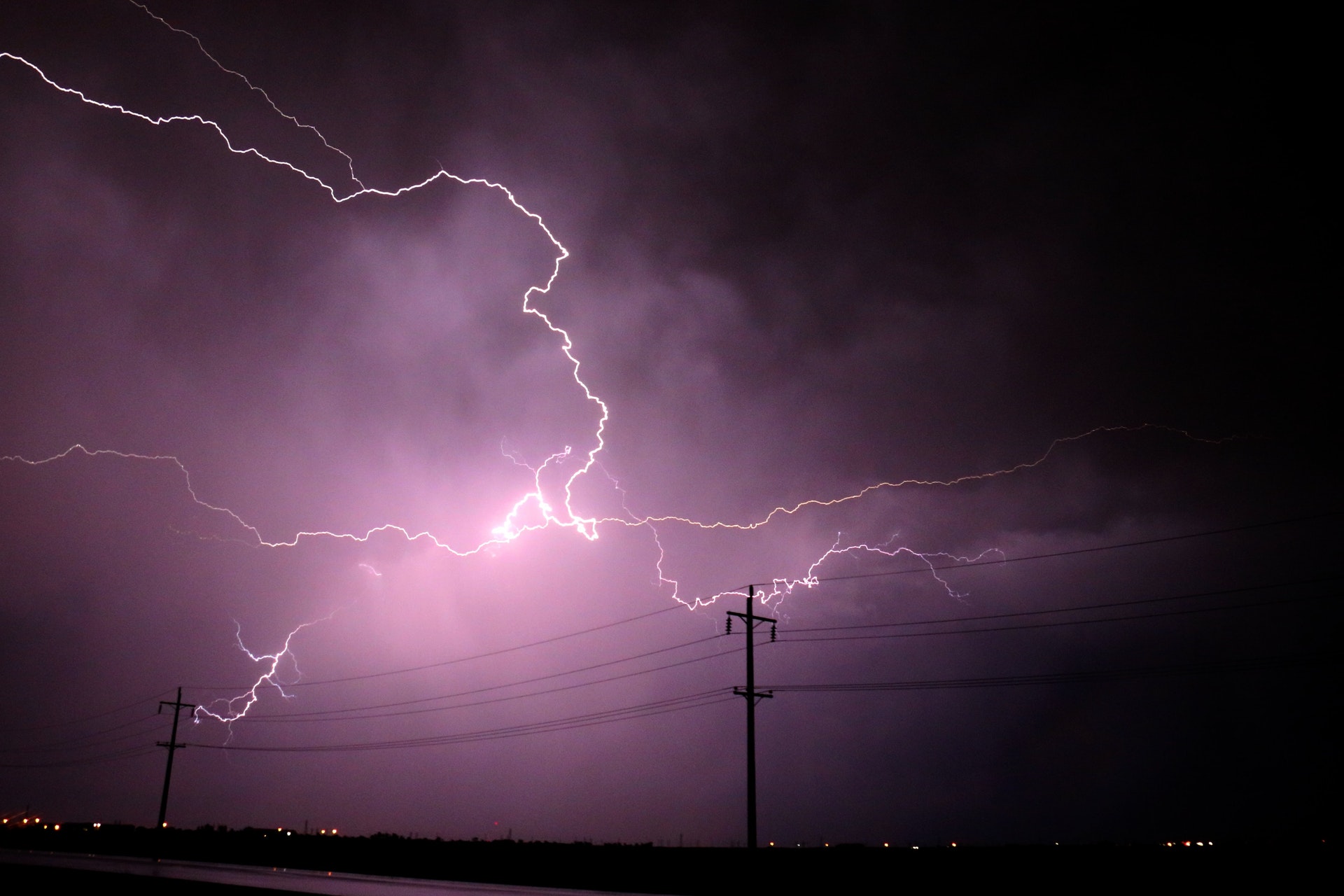
The US Environmental Protection Agency (EPA) says in new guidelines out this week that energy efficiency is likely to be the most cost effective way for industrial facilities to reduce their greenhouse gas emissions.
The guidance has been issued to help state and local air permitting authorities with new rules covering large emitters, such as power plants, refineries and cement production facilities.
Under the Clean Air Act, from January 2011, large industrial emitters planning new facilities or making major modifications to existing ones will have to demonstrate that they are implementing the ‘best available control technology’ (or BACT) to minimise their emissions.
The guidance, which the EPA says takes a ‘common sense’ approach, does not define or require a particular emission control option for different types of emitter, but says each will need to be determined on a case-by-case basis.
Large emitters will have to work with state governments and permitting bodies to select the BACT for each facility.
The EPA says that after taking into account feasibility, cost and other economic, environmental and energy considerations, it anticipates that energy efficiency will present the best option.
The move quashes industry fears that the new rules would require new facilities to fit carbon capture and storage technologies, which would have effectively meant a moratorium on the construction of any new coal-fired power plants.
But the new rules continue to garner criticism as a ‘back-door cap-and-trade’ scheme.
